When is a Ghost Town really a Ghost Town?
In the previous episode, the Idiots noted that Oatman, Arizona, is identified on maps as a ghost town, but it is really quite alive, having reinvented itself as a tourist destination. Rough miners and rougher living have been replaced with wandering burros and colorful-if-less-than-clever references to variations on the word “ass.” It is a pleasant diversion built over the bones of an old mining town.
In contrast, Ruby, Arizona is a real ghost town. The ruins are authentic, as are the ghosts.
Unlike Oatman, Ruby is not on the way to anything. To visit, one must choose the road less traveled – and then repeat that choice several times. The Pajarito Mountains in remote southeastern Arizona create a patchwork of peaks, outcroppings, and valleys along the US border with Mexico. Twisting unpaved roads follow the same paths frequented by the Apache and Yaqui Indians in previous centuries.
The natural landscape is occasionally broken by indications of civilization… water tanks and fences mark scattered ranches… but much of the land shows the indifference of Nature to man’s pretentions. Wanderers across the centuries have looked out on the same landscapes.
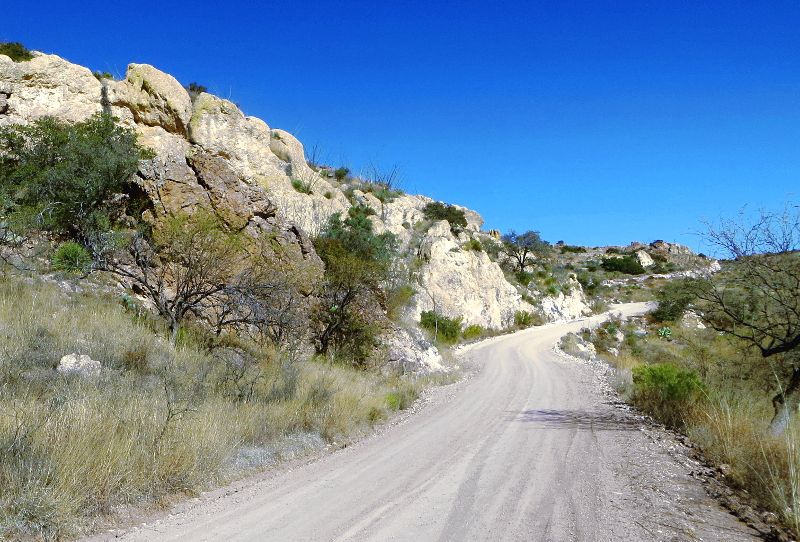
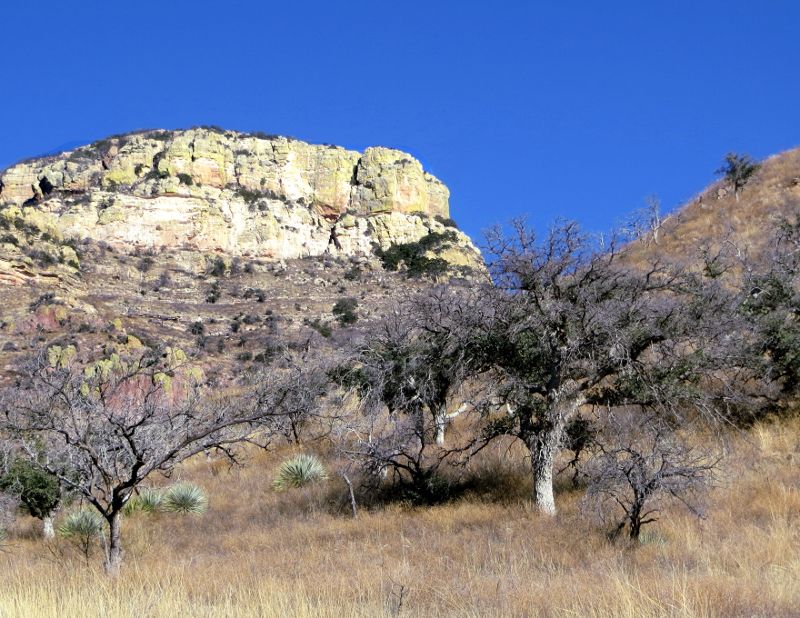
A sign indicates that Ruby was founded in 1907, but that only hints at the real history. In the 1700s, Spanish adventurers worked the alluvial deposits along the streams below Montana Peak seeking gold and silver. This is called placer mining. Americans returned to work the placer deposits in the decade before the Civil War. In the 1870s, new veins of lead, zinc, and copper were found, bringing even more miners to Montana Gulch. A vein of extremely rich silver content was found in 1891, making the Montana Mine a bonanza.

Mining “finds” tend to be rich – and small. Boom towns spring up, and just as rapidly disappear. The Montana Mine was an exception. It remained profitable for decades. With Statehood coming to Arizona in 1912, the local store owner petitioned for a US post office. He chose his wife’s maiden name for the town and Ruby was born.
By the 1930s, the mine employed over 300 men and the town had over 1200 residents. Considering its remote location… just 4 miles from the Mexican border… it was surprisingly large and prosperous. Still – it was a rough place. Many families lived in tents and sanitation was “rustic.”
Violence was common. Miners tend to work hard and drink hard. Alcohol, gambling, and prostitution were always integral parts of boom towns – and the town jail was frequently occupied.
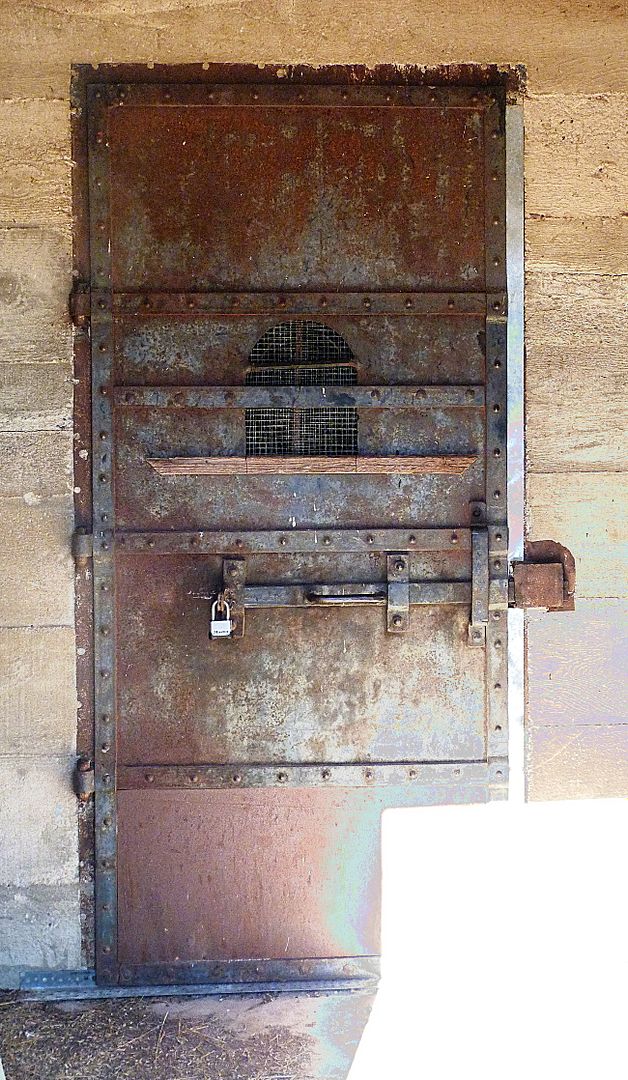
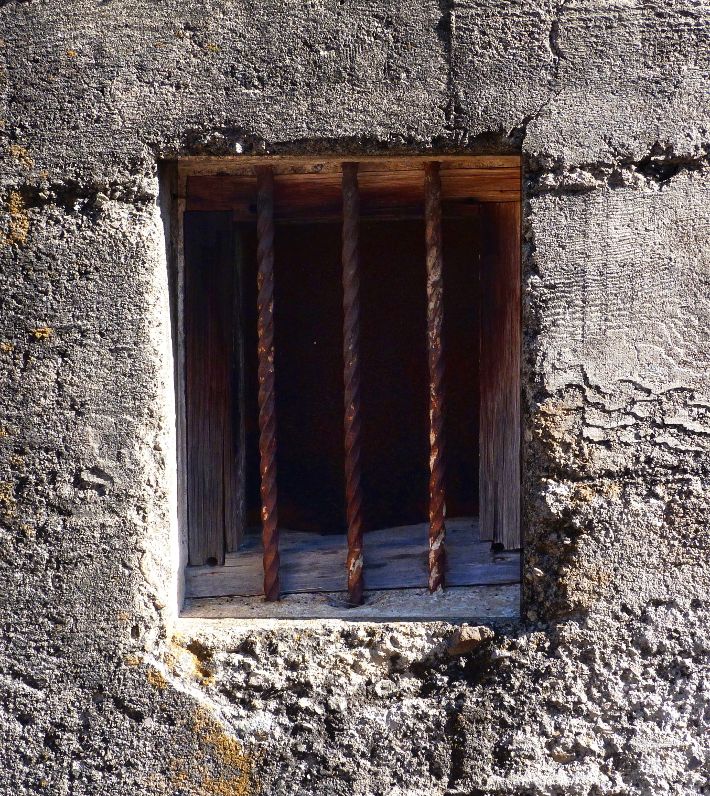
But the more serious violence came from across the border. From about 1910 to 1920, Mexico was engulfed in a civil war. In the north, Francisco “Poncho” Villa led a revolutionary army. Whether revolutionaries, or just plain desperados, Mexicans raided ranches and towns in southern Arizona daily.
The most striking events of violence in Ruby occurred in 1920 and 1921. Philip Clarke bought the mercantile store in 1914 and immediately built a larger store on the hill. He wasn’t deterred by the story that the prime location was over an unmarked grave and that his new store was cursed, but he was very aware of the frequent raids in the area. He was so concerned about violence that he kept guns in every room of the house and store. He eventually sent his family away to protect them.

In 1920, Clarke leased the store to Alex and John Frazier. In spite of Clarke’s warnings, the Fraziers believed the concerns to be overblown. In February, 1920, the brothers were shot to death by two Mexican raiders.
Hope springs eternal… especially when there might be a chance to make a buck.
Seeking to make opportunity out of tragedy, Frank Pearson bought the store from the Frazier heirs. He didn’t believe in the curse… and he thought that chances of a raid were slight following the Frazier murders. He operated the store with his wife Myrtle, four year-old daughter Margaret, and his sister Irene. In April, 1921, seven Mexican raiders entered the store. They shot Pearson in the back, and though he returned fire, his shots went wild. A raider attacked Elaine, but was distracted when Myrtle came in screaming. She was mutilated to remove her five gold teeth – then shot to death. Elaine was able to escape with Margaret and hid until the raiders left.
Two of the raiders were identified by witnesses. A massive manhunt, including a $5000 reward and an air search by a US Army biplane, was unsuccessful. But a year later, an Arizona deputy overheard by chance a bartender in a Mexican saloon attempting to sell a patron some gold teeth – Myrtle’s teeth. Investigation led to the arrest of the two raiders, Martinez and Silvas, identified as the murderers.
Whether one believes in curses or not, bad things continued to be associated with the case. The men were tried and convicted. Martinez was to be hung; Silvas received a life sentence. A sheriff and deputy were transporting the prisoners to prison in a automobile. There are two versions of the next chapter of the story. One says the men used a file to escape from their hand-cuffs, then beat the officers with a tire iron. They were found in the car in a ditch later that day. The sheriff was dead. The deputy died later from his wounds. The sccond version says that the deputy said the sheriff was driving too fast and the car went out of control, causing an accident and the subsequent escape.
In any case, the men evaded capture for about a week and were eventually taken. Martinez was hung. Silvas went to prison, but he escaped in 1928 and was never seen again.
Ruby was abandoned in 1941. Many of the buildings were left intact. It was a popular destination for curious treasure hunters. A small group of people bought the property and got it listed as a National Landmark. They created a non-profit to preserve and restore he town. Today there is caretaker living on the site. Visitors pay $12 each to support those efforts.
The Idiots did not meet any angry, vengeful ghosts as they wandered. Nothing frightening or eerie occurred. It was a beautiful day and the setting was pastoral. But not all ghosts are scary. The lives and loves and births and deaths, the anger, fear, and joys of the many residents over the years have suffused the site with spirits.
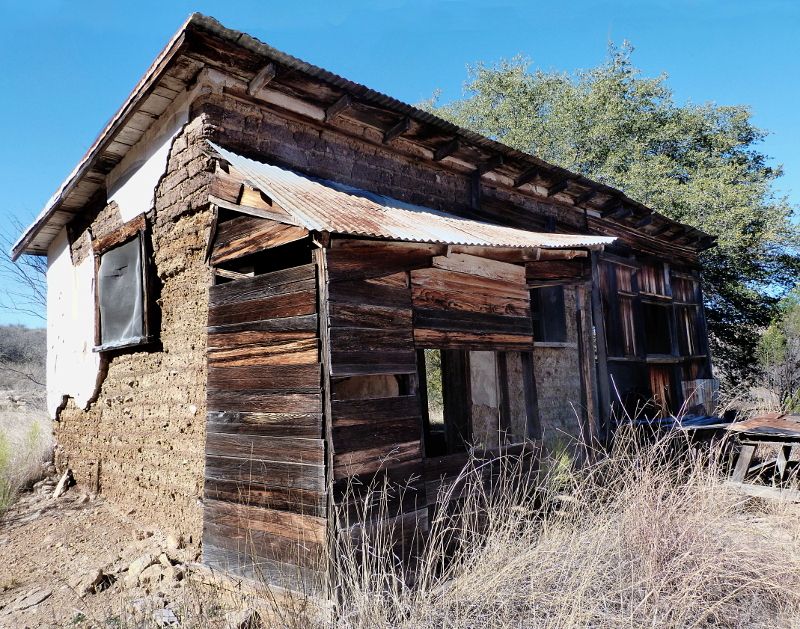
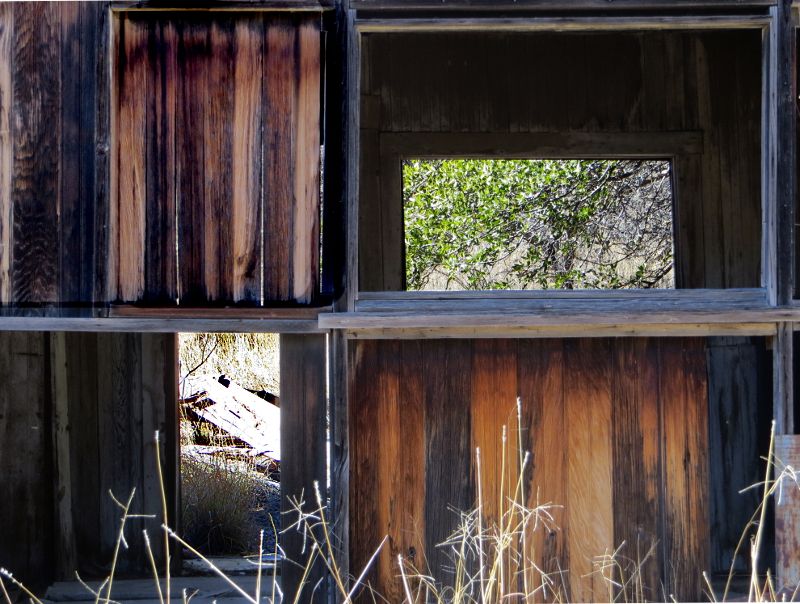
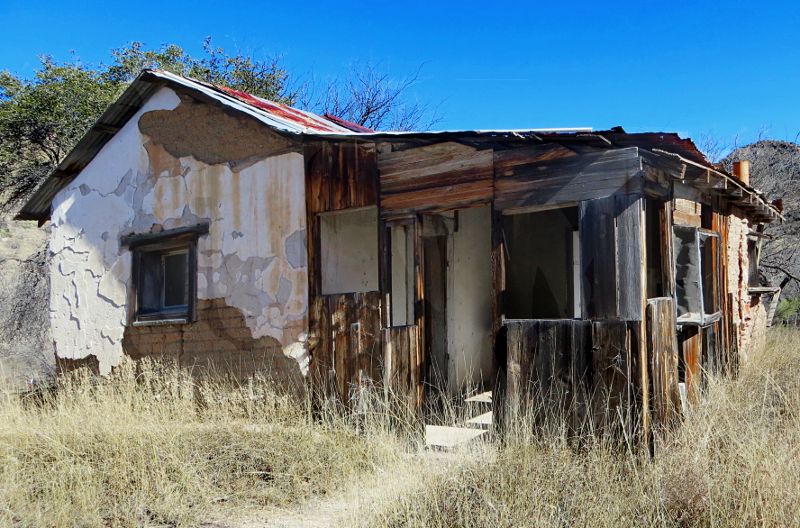

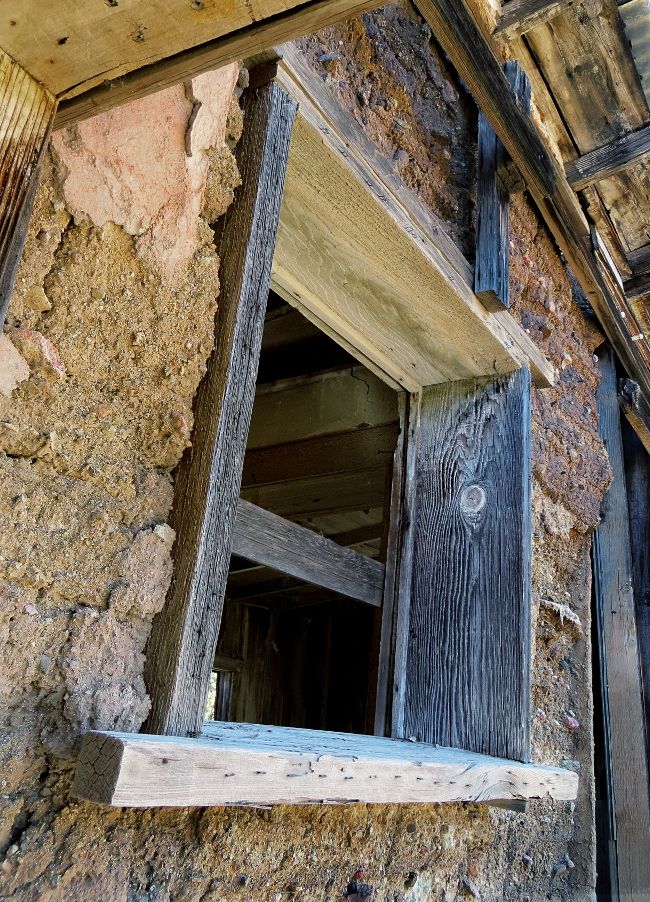
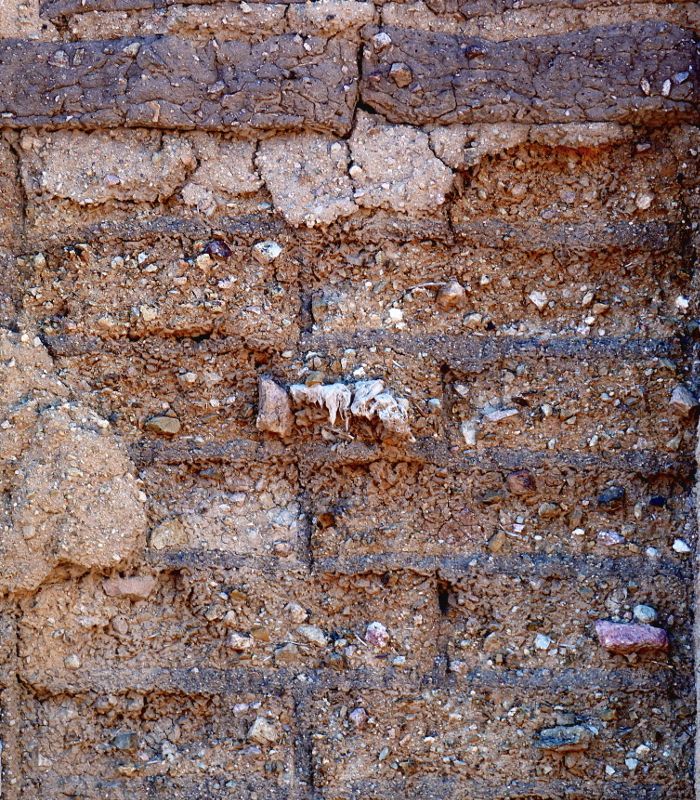
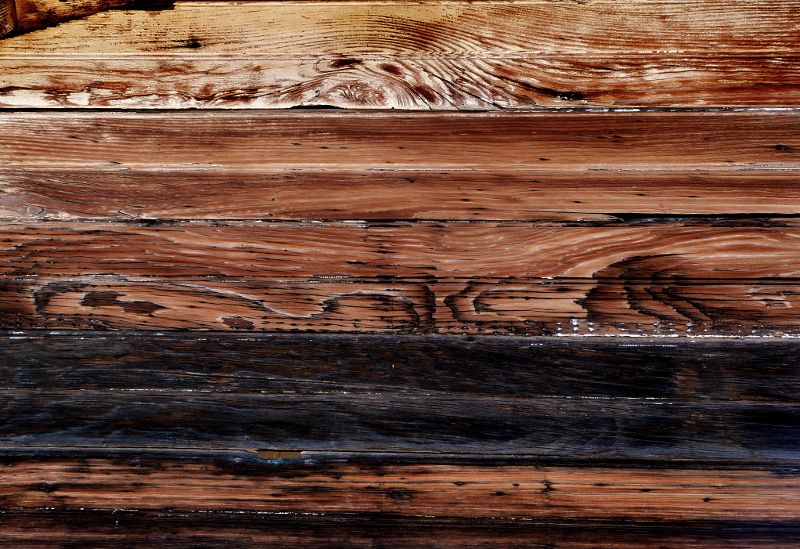
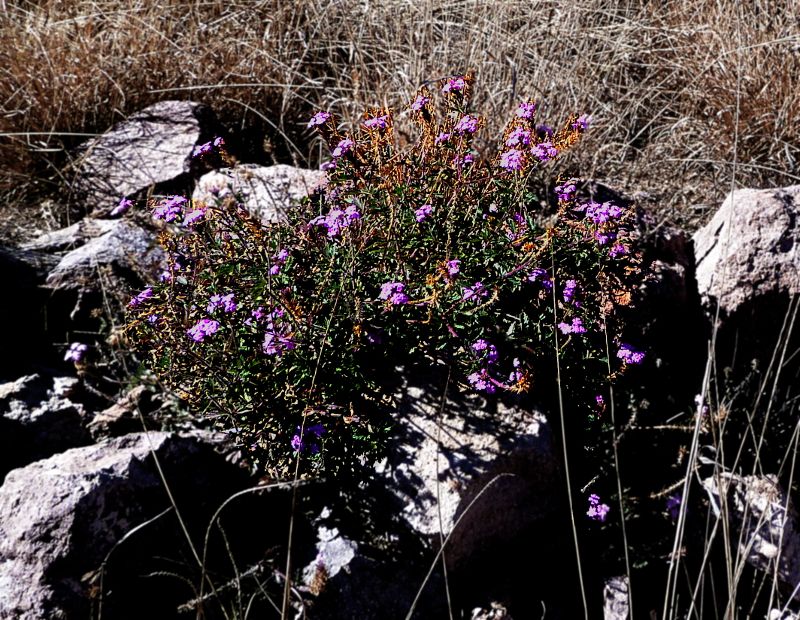
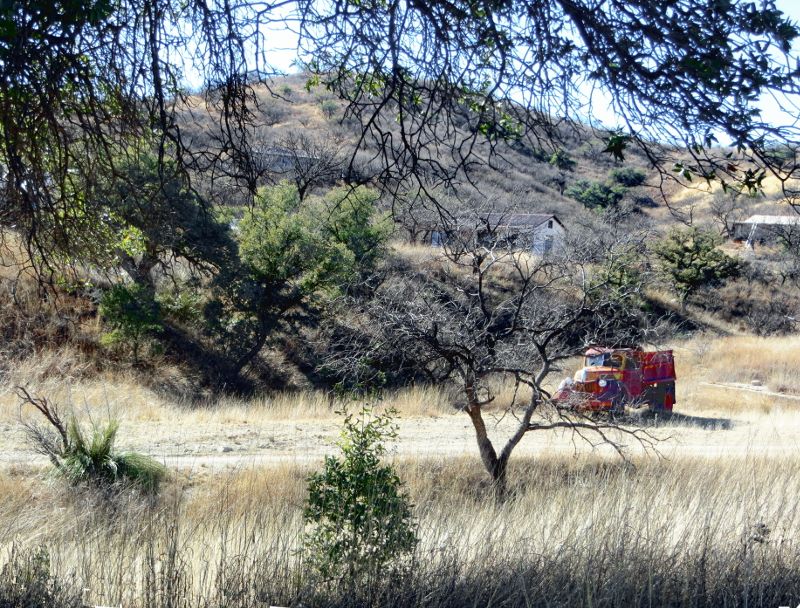
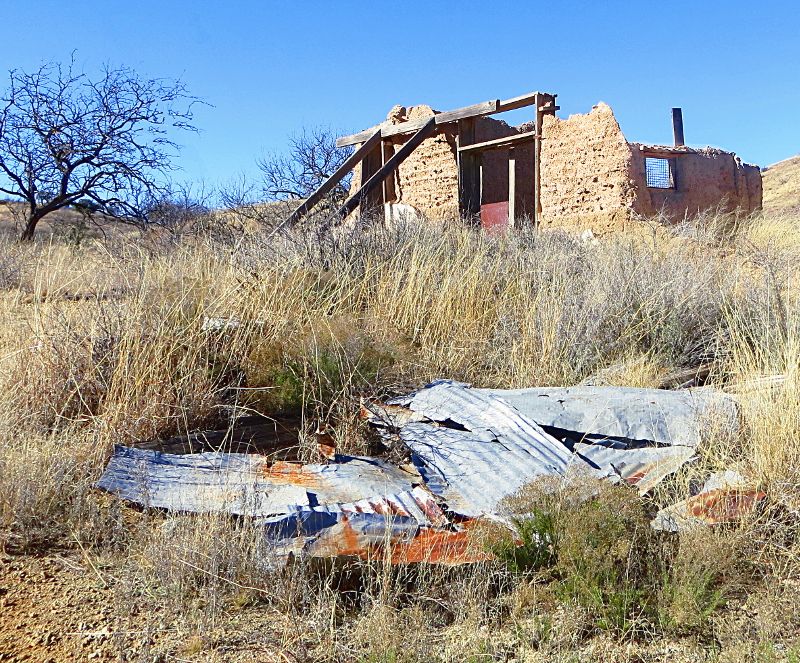


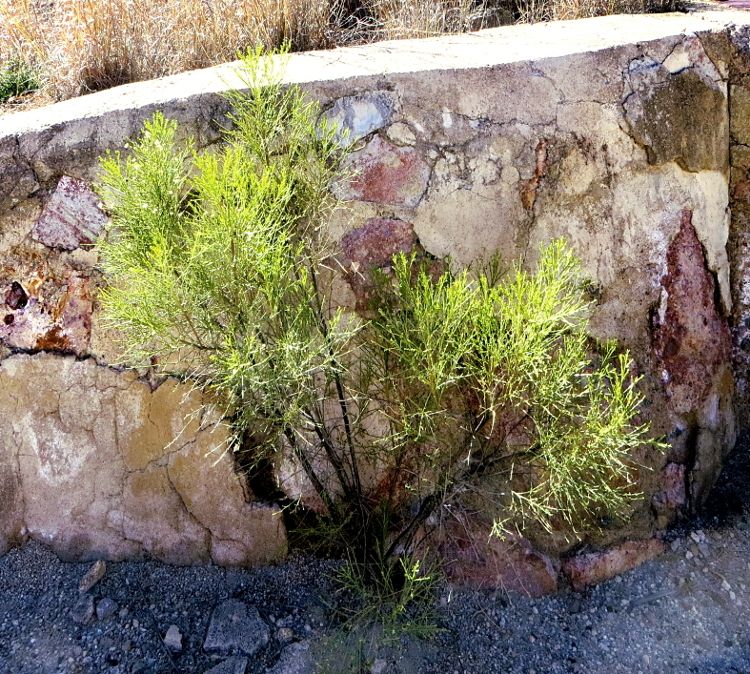
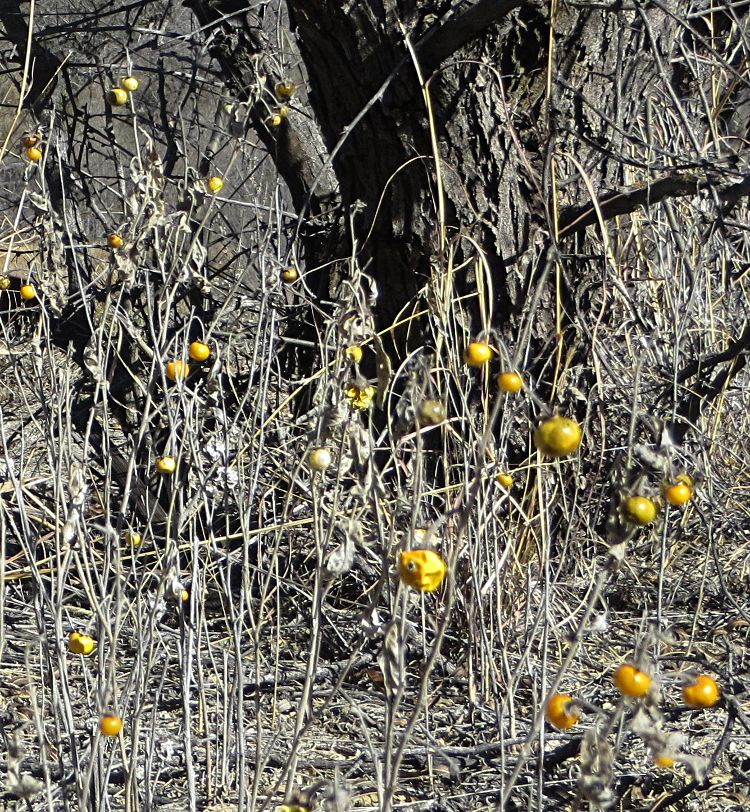
One of the most evocative ruins in Ruby is the schoolhouse. At its height, more than 150 students attended this school. Ten years later, the town was abandoned. It is not difficult to imagine kids in the classrooms… playing on the slide with its amazing lack of safety features… and probably grabbing smokes behind the outhouse…
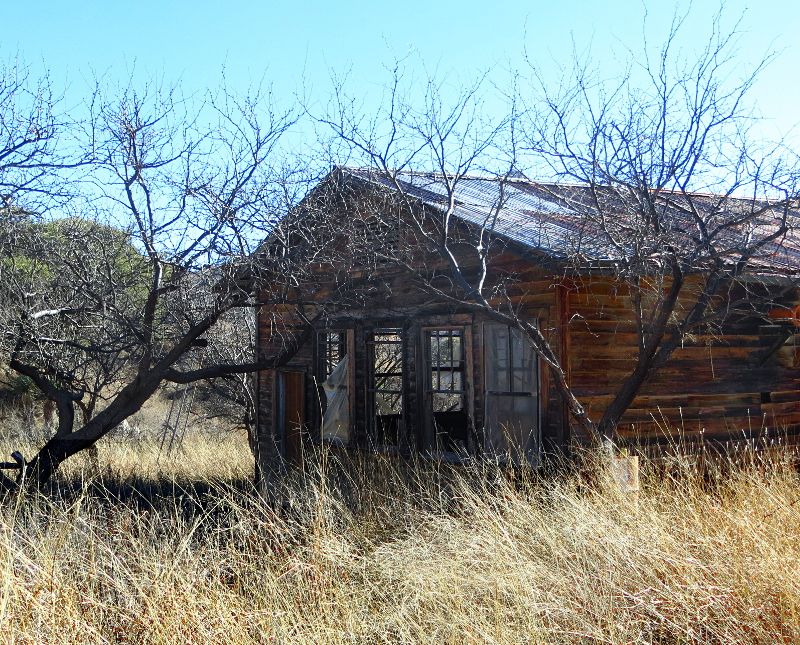
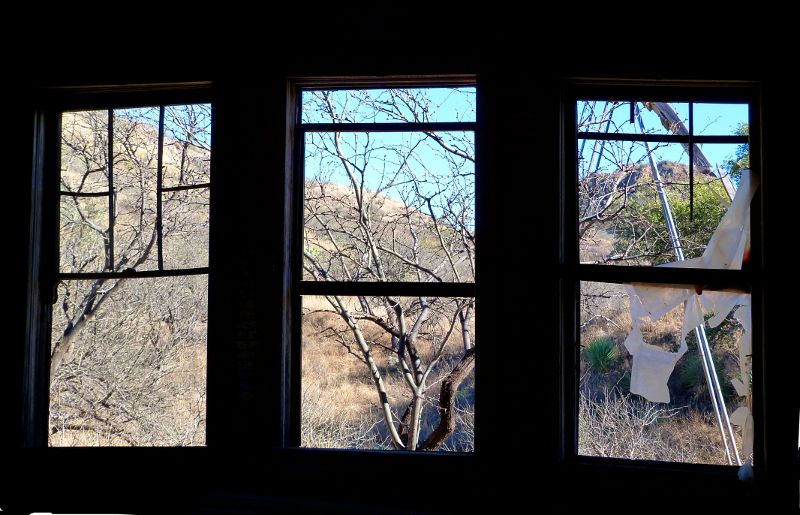

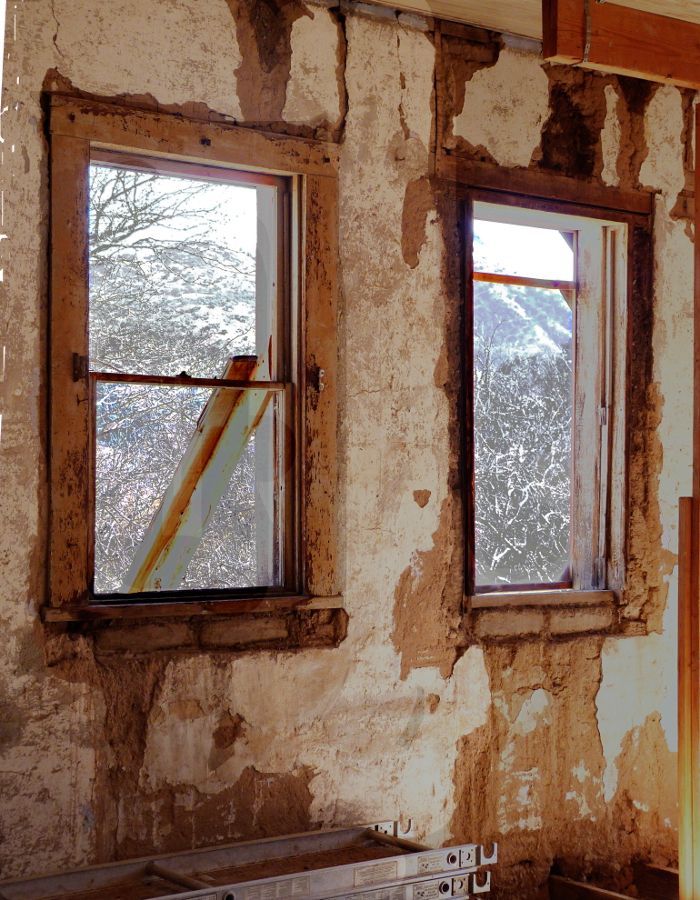
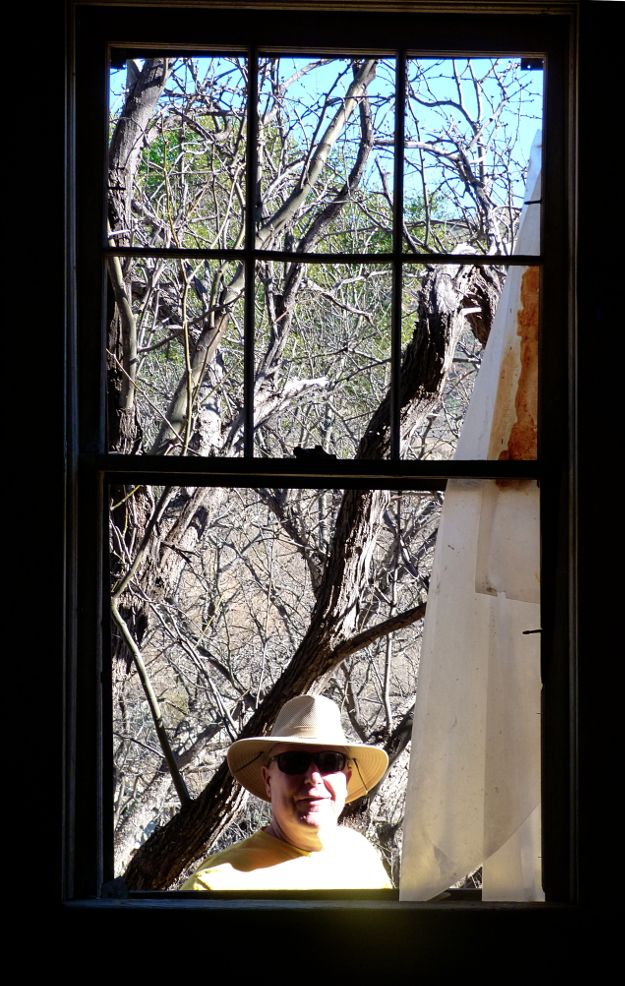
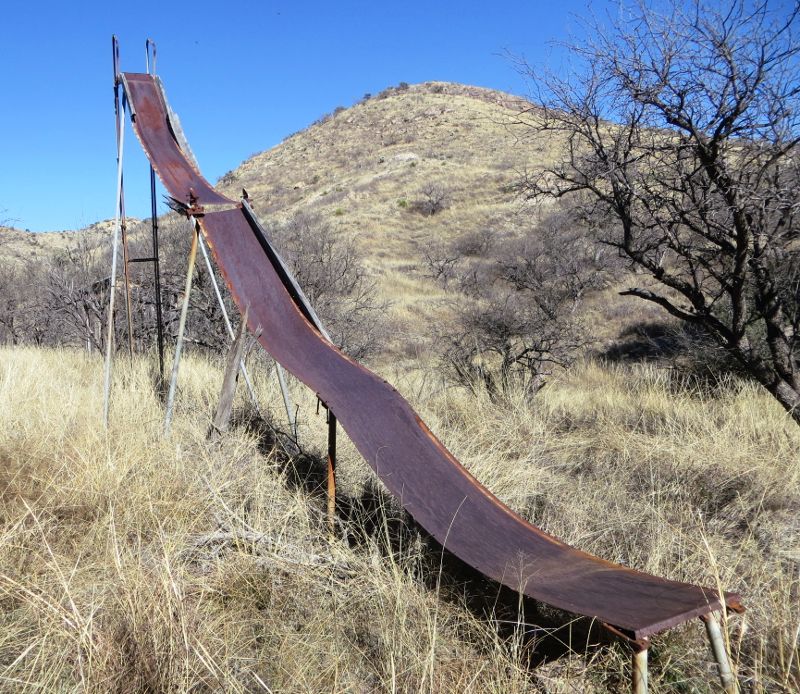
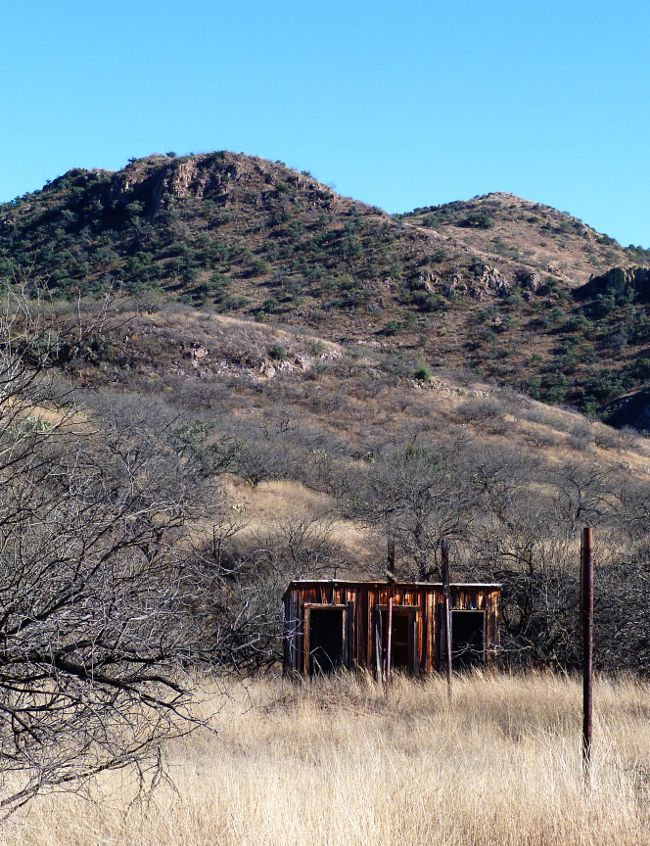
The panorama that opens as one leaves Ruby and climbs out of Bear Valley…
